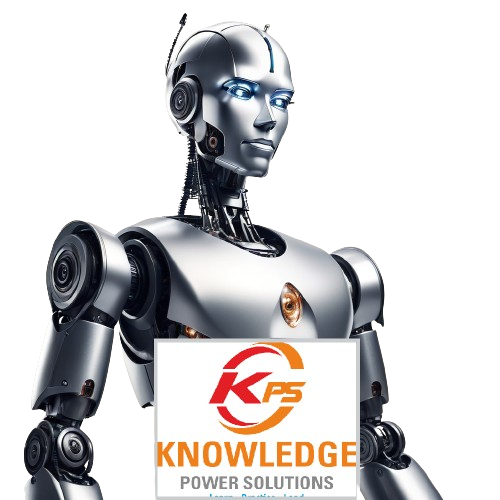When it comes to implementing ETL processes, several tools can be utilized to streamline data extraction, transformation, and loading. Here’s an overview of three popular ETL tools: Talend, Apache NiFi, and Apache Airflow, including their features, use cases, and strengths.
1. Talend
Overview
Talend is an open-source data integration tool that provides a wide range of solutions for ETL, data quality, and data governance. It offers a graphical interface for designing data workflows, making it user-friendly for both technical and non-technical users.
Key Features
- Visual Interface: Drag-and-drop interface for designing ETL workflows.
- Wide Connectivity: Connects to numerous data sources, including databases, cloud services, and flat files.
- Data Quality Tools: Built-in features for data profiling, cleansing, and transformation.
- Job Scheduler: Allows scheduling of ETL jobs.
- Real-Time Processing: Supports real-time data integration with change data capture (CDC).
Use Cases
- Ideal for organizations needing a robust ETL solution for data warehousing, data lakes, or integration with cloud services.
- Useful for businesses focusing on data quality and governance.
Strengths
- Easy to use with a rich set of components.
- Good for complex transformations and handling large datasets.
- Strong community support and documentation.
2. Apache NiFi
Overview
Apache NiFi is an open-source data integration tool designed for data flow automation. It provides a web-based interface for creating data flows and supports real-time data ingestion.
Key Features
- Flow-Based Programming: Allows users to design data flows visually using processors, connections, and data queues.
- Data Provenance: Tracks data lineage and provides visibility into the data flow.
- Dynamic Scaling: Can be deployed in clustered environments for horizontal scalability.
- Real-Time Processing: Supports streaming and batch processing.
- Built-In Processors: Offers numerous pre-built processors for various data sources and destinations.
Use Cases
- Suitable for scenarios requiring real-time data processing, such as IoT applications, streaming data ingestion, and complex event processing.
- Effective for scenarios where data lineage and monitoring are crucial.
Strengths
- Flexible and adaptable for different data formats and protocols.
- Strong support for real-time data ingestion and processing.
- Easy to monitor and troubleshoot data flows.
3. Apache Airflow
Overview
Apache Airflow is an open-source workflow orchestration tool primarily used for scheduling and managing complex data workflows. While not strictly an ETL tool, it can be used to orchestrate ETL jobs by integrating with various ETL tools and frameworks.
Key Features
- Directed Acyclic Graphs (DAGs): Users define workflows as DAGs, enabling complex dependencies and scheduling.
- Extensible: Supports a wide range of integrations with various data processing and storage technologies (e.g., Spark, Hive, AWS services).
- User Interface: Provides a web-based UI for monitoring and managing workflows.
- Task Dependencies: Allows defining dependencies between tasks for efficient execution.
- Scalability: Can be deployed in a distributed environment for handling large workloads.
Use Cases
- Ideal for managing complex data pipelines and workflows that may include multiple ETL processes or external tasks.
- Suitable for organizations utilizing various tools and needing a centralized orchestration mechanism.
Strengths
- Strong community support and integration capabilities.
- Allows for dynamic pipeline generation and management.
- Flexible scheduling and monitoring options.
Conclusion
Choosing the right ETL tool depends on your organization’s specific needs, existing infrastructure, and team expertise. Here’s a quick summary:
- Talend is great for organizations looking for a user-friendly ETL solution with strong data quality features.
- Apache NiFi is best for real-time data flows and scenarios requiring flexible, visual data integration.
- Apache Airflow excels in orchestrating complex workflows that may include various ETL tools and processes.
Each tool has its unique strengths, and sometimes a combination of these tools may be the best approach to meet diverse data integration needs.
